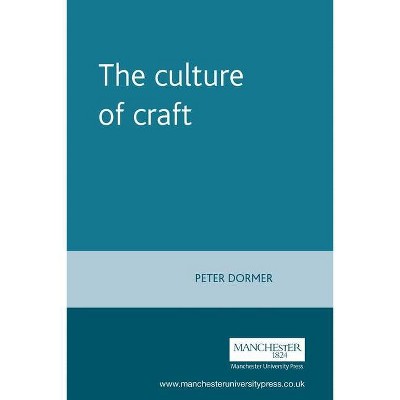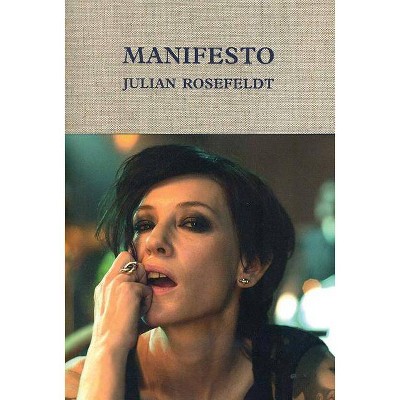Manliness in Britain, 1760-1900 - (Studies in Design and Material Culture) by Joanne Begiato (Hardcover)

Similar Products
Products of same category from the store
AllProduct info
<p/><br></br><p><b> About the Book </b></p></br></br>This book focuses on men's bodies, emotions and material culture to offer a new understanding of masculinities in Britain in the long nineteenth century. Using objects as well as texts and images, it shows how idealised and ugly bodies, and the feelings they stimulated, helped convey ideas about manliness and unmanliness across society.<p/><br></br><p><b> Book Synopsis </b></p></br></br>This book offers an innovative account of manliness in Britain between 1760 and 1900. Using diverse textual, visual and material culture sources, it shows that masculinities were produced and disseminated through men's bodies -often working-class ones - and the emotions and material culture associated with them. The book analyses idealised men who stimulated desire and admiration, including virile boxers, soldiers, sailors and blacksmiths, brave firemen and noble industrial workers. It also investigates unmanly men, such as drunkards, wife-beaters and masturbators, who elicited disgust and aversion. Unusually, <i>Manliness in Britain</i> runs from the eras of feeling, revolution and reform to those of militarism, imperialism, representative democracy and mass media, periods often dealt with separately by historians of masculinities.<p/><br></br><p><b> From the Back Cover </b></p></br></br><i>Manliness in Britain</i> offers a new account of masculinity in the long nineteenth century: more corporeal and material, more emotional, more cross-class, and less heteronormative than other studies. Using diverse textual, visual, and material culture sources, it shows that masculinities were produced and disseminated through men's bodies - very often working-class ones - and the emotions and material culture associated with them. The book disrupts the chronology of nineteenth-century masculinities, since it stretches from the ages of feeling, revolution, and reform to those of militarism, imperialism, representative democracy, and mass media. It also queers these histories, by recognising that male and female desire for idealised male bodies and the gender attributes they represented was integral to the success of manliness. Imagined working-class men such as soldiers, sailors, and industrial workers were central to broader ideas of manliness and unmanliness. They not only offered didactic lessons for the working classes and made the labouring ranks appear less threatening, they also provide insights into the production of middle-class men's identities. The book shows that this melding of bodies, emotions, and material culture created emotionalised bodies and objects, which facilitated the conveying, reproducing, and fixing of manliness in society. As such, it will be vital for students and academics in the history of bodies, emotions, gender, and material culture.<p/><br></br><p><b> Review Quotes </b></p></br></br><br>'Joanne Begiato's <i>Manliness in Britain, 1760-1900</i> breaks new ground in exploring manliness in Britain as an expansive body of gendered meanings that was most fully elaborated by representatives of the middle class but was also deeply resonant with the working class. [...] Overall, this is a virtuoso deployment of three interlinked strands in the new cultural history: the somatic, the material, and the emotional. That conceptual range has made possible a book on manliness unrivaled in its contextual range and its interpretive insights.' <i>Journal of British Studies</i><br><p/><br></br><p><b> About the Author </b></p></br></br>Joanne Begiato is Professor of History and Associate Dean for Research and Knowledge Exchange at Oxford Brookes University
Price History
Cheapest price in the interval: 120 on November 8, 2021
Most expensive price in the interval: 120 on December 22, 2021
Price Archive shows prices from various stores, lets you see history and find the cheapest. There is no actual sale on the website. For all support, inquiry and suggestion messagescommunication@pricearchive.us




















